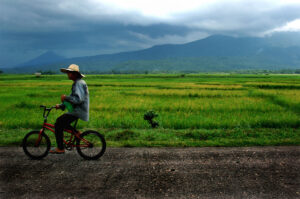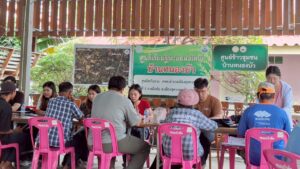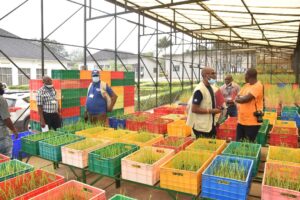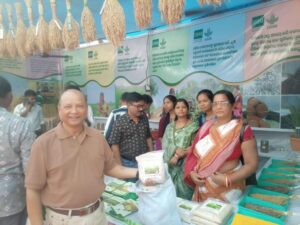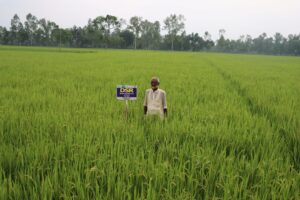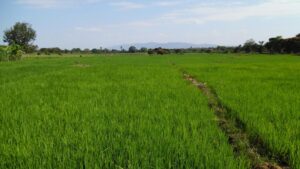By Jamie Males (republished from the original PLOS Blog article)
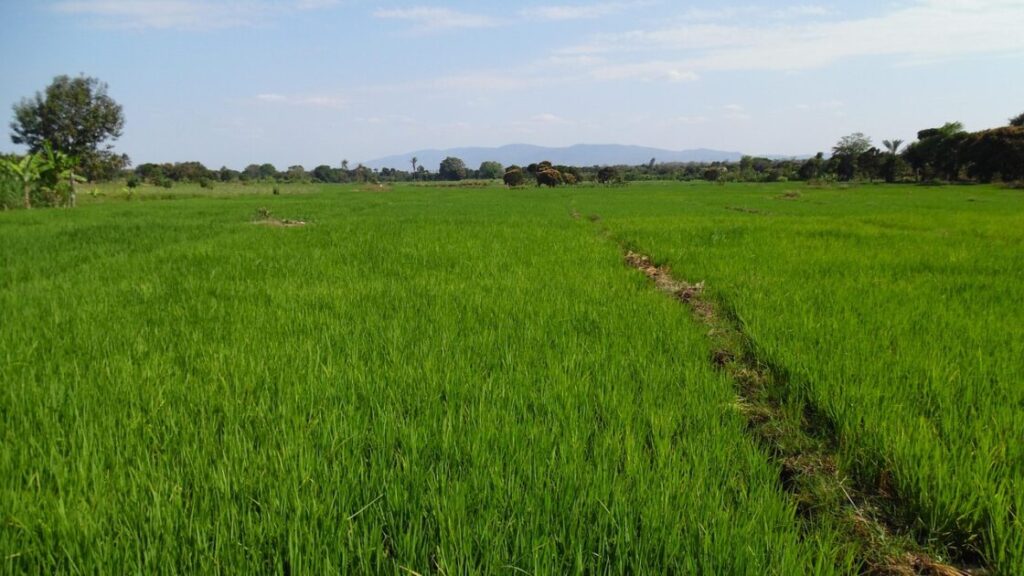
In this blog post, Leanne Zeppenfeldt, Dhanush Dinesh, Ana Maria Loboguerrero, Jon Hellin, and Phil Thornton discuss the key messages in their new co-authored PLOS Climate Essay, “Towards a green plant nutrition transition in East and Southern Africa”. This Essay was in turn the result of a multistakeholder ‘think-table’ co-convened by PLOS Climate and Clim-Eat in December 2024.
Around 70% of African cultivated soils are degraded, and massive yearly nutrient losses are common throughout the continent. If Africa is to prosper and achieve food security while facing population growth and climate change, plant nutrition will need to be green, accessible, and affordable. This could provide an opportunity for African nations and farmers.
At the same time, the promise of greening plant nutrition faces stark challenges, particularly regarding the political economy of change. The balance between opportunities and unintended consequences is delicate: the heart of any roadmap towards green(er) plant nutrition needs to revolve around the myriad local contexts within which farmers operate. This needs to be recognized and prioritised at COP30 and other global policy processes.
An Essay just published in PLOS Climate explores ways to support the green plant nutrition transition in East and Southern Africa. Incorporating the diverse perspectives of the co-authors, it is a step to connect emerging science into the practical realities of implementation. It builds on virtual science-policy convenings in August and December 2024 followed by a follow up in-person convening in Nairobi, Kenya in January 2025, as well as longer-term work on the broader topic of green plant nutrition by co-authors.
There are many technologies and management tools that can be considered for greening plant nutrition. These include practices that reduce the need for or impact of the application of (inorganic) fertilizers, such as intercropping and integrated soil fertility management, as well as novel early-stage innovations such as microbial bio-stimulants and fungal networks. Other innovations focus on the production of plant nutrients via green nitrogen, which could tap into the abundant solar, hydro and geothermal power resources available in the region.
As for any innovation, business cases need to be attentive to what may work where for whom. A green transition for plant nutrition in the region will likely require a combination of different pathways for different geographical, socio-economic, and farm contexts. The essay highlights several challenges. One is the difficulty of sharing knowledge and assets in ways that do not marginalise some stakeholders and worsen power asymmetries in communities. A second challenge is aligning often competing narratives, objectives, and diverse institutional and power structures for the common good, at both local and national levels.
These and other challenges spring from the need to take context, politics and finance into account. There is considerable diversity of soils, farmers and socio-economic conditions in the region. Partly as a result of this, there are major knowledge gaps that currently constrain the piloting and scaling of green nutrition technologies in the region. Although nearly 20 percent of cropping in Burundi, Ethiopia, Kenya, Rwanda, Malawi, and Uganda is produced in areas with adequate water and renewable resource potential for green nitrogen production, careful piloting will be needed to build viable investment models that can address potential safety hazards and equity challenges for local farmers. Different priorities will be appropriate for different contexts, and strengthened agricultural extension services and safeguards will be key.
The multiple priorities for green plant nutrition in the region are matched with a strong political economy dynamics. The fertilizer industry has a long history of corporate concentration, as recently highlighted here. In this concentrated market, Africa is heavily reliant on imports, affecting both its vulnerability to market disruptions and its foreign exchange reserves. In addition, public support for inorganic inputs—often in the shape of subsidies—entrenches the current power dynamics. In response to this, African countries have recently committed to tripling domestic fertilizer production. When combined with greener production methods and creative alternatives for existing public support systems, this can support a transition in the region, while ensuring no one is left behind. At COP, there is an opportunity for linking this to global momentum, such as the recently announced partnership on fertiliser sustainability by the United Kingdom and Brazil.
Lastly, different financial models will have to be leveraged. This includes development and philanthropic funding that can kick-start implementation and pilots. Soft loans, as well as accessing climate funding through institutions like the GEF and GCF can be meaningful resources for countries for scaling. In addition to repurposed subsidies, carbon markets could be a way to incentivize farmers in the transition.
Green plant nutrition has considerable promise in East and Southern Africa for helping to address the triple challenges of degrading soils, food security, and climate change simultaneously. Given the strength of political will for change that already exists in some countries of the region, the stage may be set for embarking on a green plant nutrition transition that benefits all. COP30, which is projected as a meeting to advance implementation of climate commitments, should take cognizance of the opportunities for greening the plant nutrition sector in East and Southern Africa offers, and seek to offer adequate finance, capacity and technology to ensure it.
Read the essay:
Philip Thornton, Ana Maria Loboguerrero, Senni Alho, Bruce Campbell, Dhanush Dinesh, Ulrich Helberg, Jon Hellin, Bruno Partridge, Frank Rasche, Zachary Stewart, Leanne Zeppenfeldt
Towards a green plant nutrition transition in East and Southern Africa
https://doi.org/10.1371/journal.pclm.0000747

